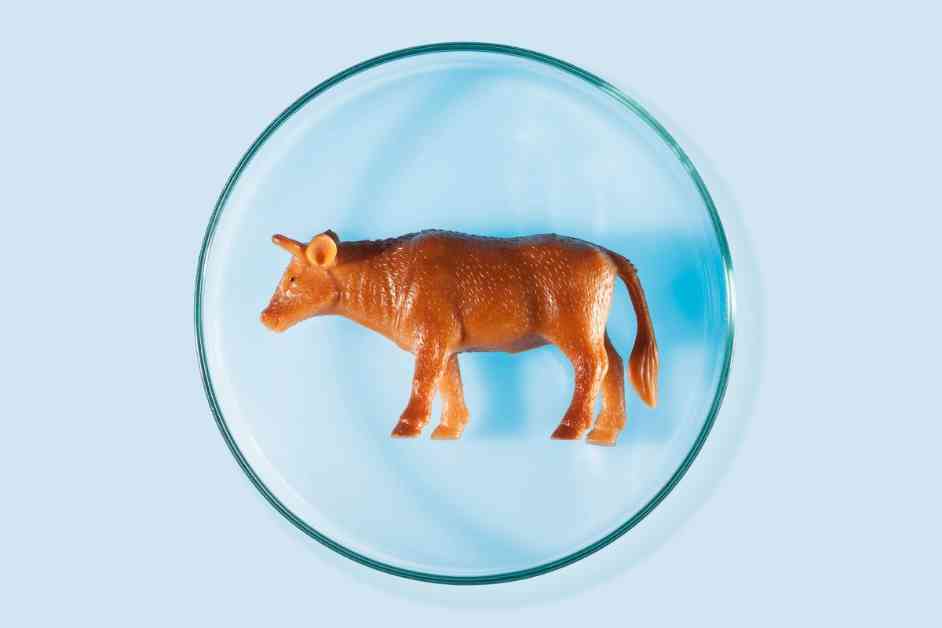Lab-Grown Meat: Enhancing Taste and Texture for Beef Alternatives
Lab-grown meat has been seen as a more sustainable and ethical option compared to traditional meat products. However, one of the challenges has been replicating the taste and aroma of real meat. A recent study published in Nature Communications has made significant advancements in this area by engineering cultured meat to release beefy flavors at high temperatures.
The research team, led by biomolecular engineer Milae Lee from Yonsei University in Seoul, enhanced in vitro animal cells with compounds associated with the Maillard reaction. This process gives cooked food its characteristic color and flavors, helping to mimic the aroma and taste of conventional meat. This innovative approach marks a significant step forward in regulating the flavor properties of lab-grown meat.
Cultured meat offers several advantages over traditional meat production methods. By growing animal muscle cells in a lab setting, there is no need to slaughter animals for stem cells, reducing ethical concerns. Additionally, large-scale production of lab-grown meat could potentially have a lower carbon footprint compared to raising livestock, addressing environmental pollution factors associated with conventional meat production.
While previous research has focused on mimicking the structure of meat products like meatballs, this study prioritized the sensory properties, particularly flavor and taste. By incorporating a compound containing furfuryl mercaptan, a product of the Maillard reaction, the researchers were able to enhance the savory flavor profile of the cultured meat. This compound was designed to release the flavor when the meat was heated to 150°C, providing a controlled release of meaty aromas.
Further experiments with different Maillard reaction products revealed a combination that closely resembled the flavor profile of conventional beef, with floral and creamy notes in addition to savory aromas. The team plans to explore additional mixtures to expand the range of flavors available in lab-grown meat. Scaling up this technology is also a priority, as the current production process is slow and labor-intensive, resulting in limited quantities of cultured meat.
Looking ahead, there is potential to explore various meaty flavors beyond beef by examining dominant flavor compounds in other species and product types. This research could open up new possibilities for creating a diverse range of lab-grown meat products that cater to different consumer preferences.
Overall, the advancements in taste and texture of lab-grown meat showcased in this study have the potential to significantly improve the public perception of alternative meat products. By enhancing the sensory experience of cultured meat, researchers are paving the way for a more sustainable and ethical future of food production.






